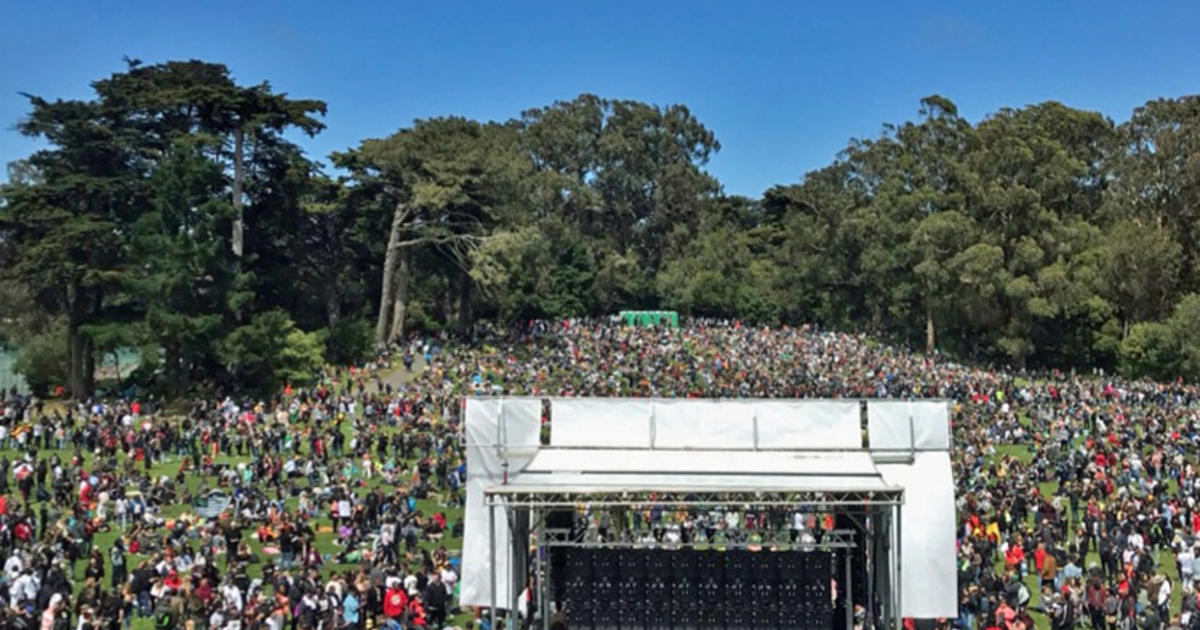StarDate 5/14/2014: Moon And Saturn
FROM THE UNIVERSITY OF TEXAS McDONALD OBSERVATORY, AS HEARD ON KCBS RADIO WEEKDAYS @ 9:52 A.M., 7:35 P.M. & 2:52 A.M.
STARDATE 5/14/2014: Like a herald announcing the approach of a king, the planet Saturn leads the full Moon across the sky tonight. Saturn looks like a bright star, and is close to the upper right of the Moon as they clear the horizon in early evening.
The two worlds appear close together because they're both near opposition — they line up opposite the Sun in our sky.
The Moon reaches opposition once every 29-and-a-half days — the time it takes to complete a full cycle of phases. But Saturn takes more than a year to move from one opposition to the next. That's because Saturn is a long way away.
As our planet moves along in its orbit around the Sun, it periodically laps the planets that are farther from the Sun. Saturn is the sixth planet out, at an average distance of almost 900 million miles from the Sun. At that great range, the planet moves slowly against the background of distant stars. So Earth overtakes it only about two weeks later each year.
Because of Saturn's slow motion across the sky, its position against the stars doesn't change much from one opposition to the next. When it comes to opposition next year, for example, it'll still be passing through Libra, as it is now. In fact, it'll stand almost exactly where the Moon is as they rise this evening.
Again, watch the bright planet Saturn as it leads the full Moon across the sky throughout the night.
Tomorrow: a planet that puts in a brief evening appearance.



